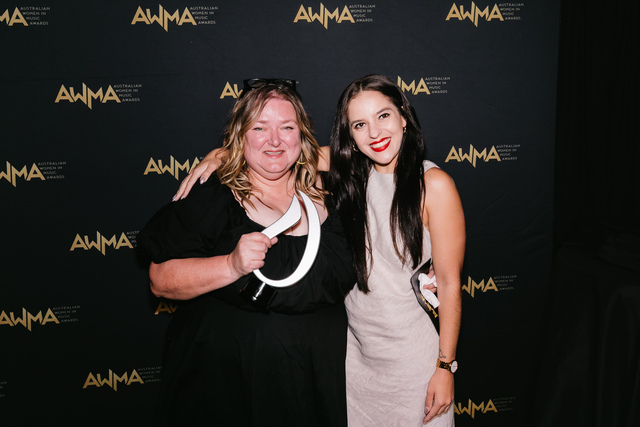The following is an article from our publication Recollections and Records of Mining at Steels Creek, Victoria by The Vagabond on mining along the Full and Plenty Creek:
The Steels Creek diggings are situated on the Full and Plenty Creek, a tributary of the former stream.
For a mile and a half up and down the banks of the Full and Plenty about 100 men are camped.
The most primal conditions of early mining life are here observed.
Shafts dug here and there on the banks of the creek, some deserted, some crowned by windlass and coverings of bark, which serve a double purpose – they prevent shafts being flooded by the rain, and protect the diggers from the rays of the sun as they work on the surface hauling up the dirt.
At the present time there is a good deal of bailing on account of the claims being full of water.
I have a talk with two young men who are toiling away working bucket and windlass at one of the claims.
They will have 12 hours solid work before the shaft is comparatively dry.
One of these is an Australia, a native of Ballarat who, as he says, “has been all his life working on the diggings going from one to another”.
But the young Australian has always worked for himself, taking up claims at every likely rush.
He is a handsome young man, in spite of his muddy and wet clothes, and is courteous and polite in his talk, and speaks as good English as any of Professor Tucker’s pupils.
Host Farrell tells me he is Ballarat Bill Number Two.
Ballarat Bill Number One was the pioneer of the new rush here.
In the last few weeks, considerable improvement has been made in the surroundings of the diggings.
Tents and humpies are giving place to log huts, well roofed with bark, which afford good protection against the weather.
An iron store has been started under the charge of Mike Collier, where many things a digger wants can be obtained.
The settlement has got over the first rush stage, and the people are here to stop.
It is a busy and animated scene which we watch.
The men are preparing their evening meal outside the hut doors; some have frying pans, others are boiling corned beef to save further cooking on the morrow, and there is everywhere the inevitable billy of tea.
The butcher, it will be seen, comes regularly from Yarra Glen.
The selectors nearby it might, one would imagine, reap a good harvest supplying the diggers with milk and vegetables, but they are apathetic in this respect.
I find no grumbling at this rush.
They appear to all be making wages on the alluvial – many are making more, up to five pound per week.
There have been no sensational discoveries, the nuggets found ranging from one to four ounces, but there is a general average of good payable dirt.
The appliances in use are of the most primitive kind – a bucket, a pan and a cradle.
A little capital invested here might vastly improve the output.
As at present worked a good deal of fine gold must get away.
I expect in the future Chinese will come fossicking about here and pick up what the Caucasian has left.
It is a walk to be warily taken, even by daylight, along the banks of the creek to the reef which is the matrix of the gold found here.






